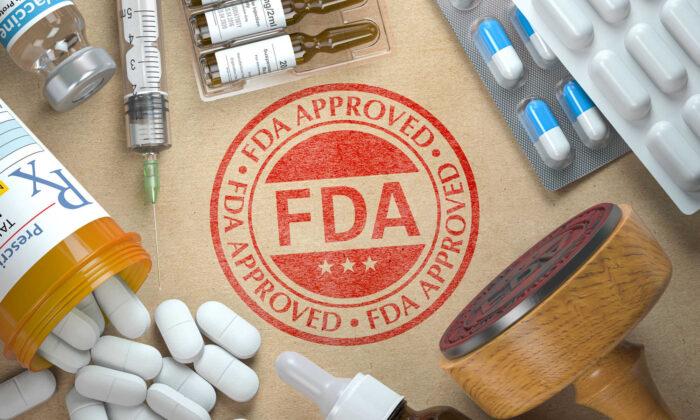The Need for Speed
Since the enactment of the 1992 Prescription Drug User Fee Act (PDUFA), the FDA’s operations are kept afloat largely by industry fees, which have increased more than thirtyfold, to $884 million in 2016 from about $29 million in 1993.Now, there are four pathways within the FDA designed to speed up drug approvals: fast track, priority review, accelerated approval, and breakthrough therapy designation.
As a result, the majority (68 percent) of all new drugs are approved by the FDA via these expedited pathways.
While it has improved the availability of transformative drugs to patients who benefit from early access, the lower evidentiary standards for faster approvals have undoubtedly led to harm.
The researchers blamed changes in the “regulatory culture” at the FDA that had adopted more “permissive interpretations” of safety signals. Put simply, the FDA’s standards for approving certain medicines became less stringent.
Evidence—Lowering the Bar
For accelerated drug approvals, the FDA accepts the use of surrogate outcomes (such as a lab test) as a substitute for clinical outcomes.For example, the FDA recently authorized the use of mRNA vaccines in infants based on neutralizing antibody levels (a surrogate outcome), rather than meaningful clinical benefits such as preventing serious COVID-19 or hospitalization.
Pivotal Trials
Traditionally, the FDA has required at least two “pivotal trials” for drug approval, which are typically phase III clinical trials with about 30,000 subjects intended to confirm the drug’s safety and efficacy.Other important design aspects of pivotal trials, such as “double blinding” fell to 68 percent in 2015 to 2017 from 80 percent in 1995 to 1997, and “randomization” fell to 82 percent from 94 percent in that period.
Post-Authorization Studies
Following an accelerated approval, the FDA allows drugs onto the market before efficacy has been proven.A condition of the accelerated approval is that manufacturers must agree to conduct “post-authorization” studies (or phase IV confirmatory trials) to confirm the anticipated benefits of the drug. If it turns out that there’s no benefit, the drug’s approval can be canceled.
An Embattled Agency
The FDA thinks its main problem is “public messaging,” so the agency is reportedly seeking a media-savvy public health expert to better articulate its messaging going forward. But the FDA’s problems run deeper than that.Over the course of the pandemic, employees “felt that the potential political interference they observed resulted in the alteration or suppression of scientific findings ... [and] may have resulted in the politically motivated alteration of public health guidance or delayed publication of COVID-19-related scientific findings.”
Political interference has compounded an already problematic interference by the drug industry. The policy changes enacted since the 1992 PDUFA fees have slowly corrupted the drug regulator, and many are concerned its decisions about drug approvals have prioritized corporate interests over public health.
Independent experts now say that the declining evidentiary standards, shortening approval times, and increasing industry involvement in FDA decision-making, has led to distrust, not only of the agency, but also in the safety and effectiveness of medicines in general.





